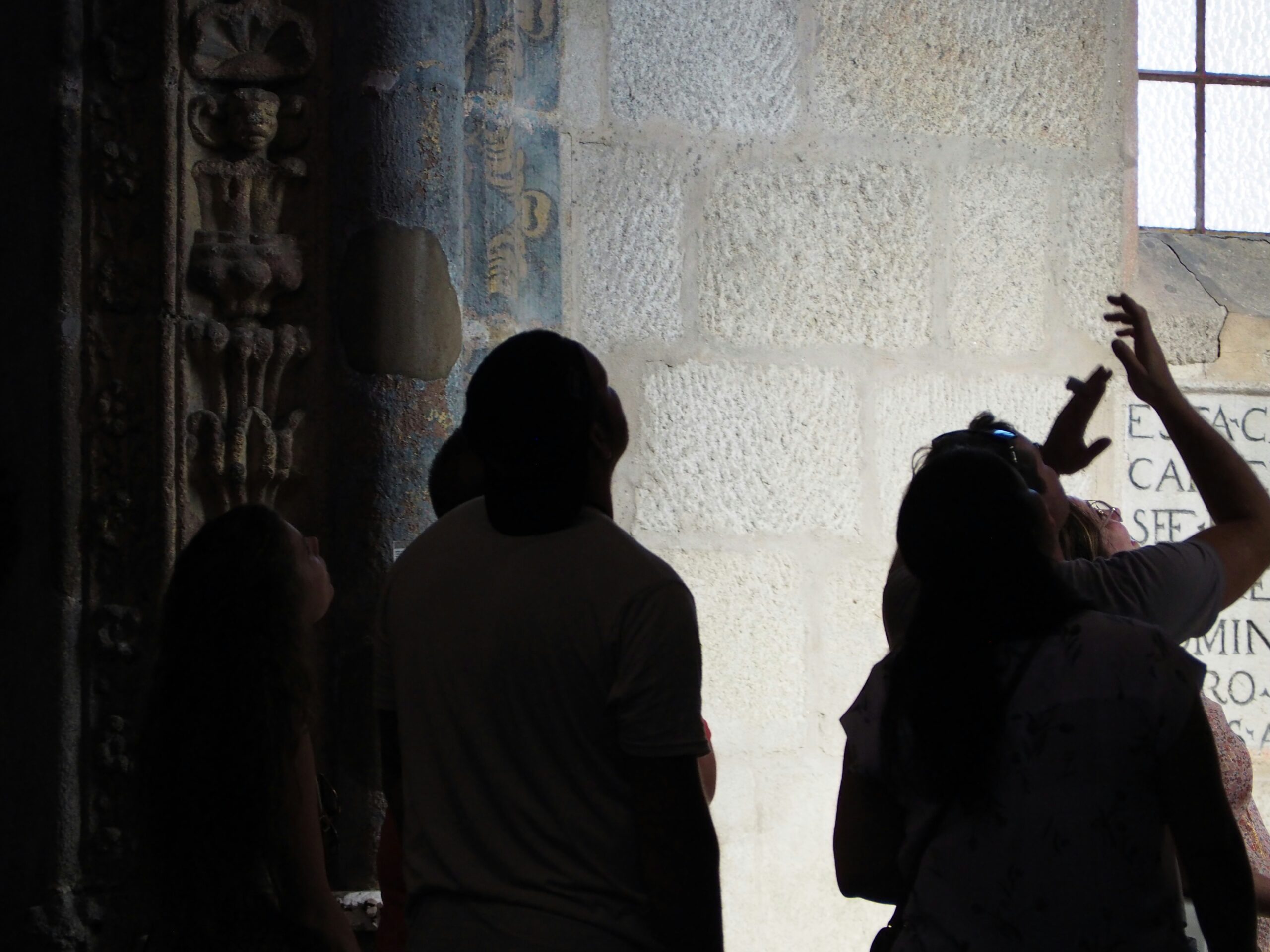Frank usually handles these things and does a far, far better job of it. I’m pretty stream-of-consciousness on my trip writing, while he does the reference librarian thing and provides all the great writing and details that really make the blog great. But I’ll give it a slight shot, and he should feel free to chime in here as we pass through various places (hint, hint).
Iowa
According to the state’s website, “Iowa became the 29th State in 1846. It is known as the Hawkeye State, and Des Moines is the capital city. Iowa is bordered by two great American rivers (the Mississippi and the Missouri) on its east and west sides. It has a rich agricultural tradition and ranks first in the nation with corn and soybean production as well as in hog production from its 93,000 farms.”
Yeah, we’ve had a couple of whiffs of the hog production during our ride.
Iowa was home to John Wayne, Herbert Hoover, Glenn Miller and Grant Wood. The state website says it was part of the Lewis and Clark expedition “and many other historic events” but doesn’t bother to name them.
Davenport, IA
“The Quad Cities rests on the banks of the Mighty Mississippi River and share a population of 400,000. The region is made up of Davenport and Bettendorf in Iowa and Moline/East Moline and Rock Island in Illinois, and surrounding communities.”—VisitQuadCities.com
This area is home to « John Deere » and there is lots of green and yellow here. There is the world headquarters, the John Deere Pavilion, the John Deere Store, the John Deere Historic Site, the Deere Run golf course, the John Deere Collectors Center and the John Deere Historic Homes and Gardens. There’s also a restored 620 LP Standard tractor on display and you can buy a toy replica of it. If that’s your thing.
Downtown Moline is getting the redevelopment fix with more than $40 million of new development around the Mississippi waterfront.
The River Music Experience boasts local and regional R&B, jazz, and other related music; the VisitQuadCities website boasts that visitors can interact with “larger-than-life video performances of icons like Tina Turner, B.B. King and Johnny Cash. Visitors can also take a ride on the Mississippi on the “Riversong,” a former New York canal tour boat. Which sort of all makes me go, “Huh.”
Middle America. What a country.
Des Moines, IA
According to the city’s website, the history of “Des Moines can be traced to 1834, when John Dougherty, an Indian Agent at Fort Leavenworth, Ks, recommended that a military post be established at the point where the Des Moines and Raccoon Rivers merge. Nine years later, May 1843, Captain James Allen and a company of dragoons from Fort Sanford arrived on the site. Captain Allen proposed to name the
garrison Fort Raccoon but was directed by the War Department to use the name Fort Des Moines.”
Raccoon, IA. That would have been interesting.
The city continues, “Some people feel that ‘Des Moines’ is derived from the Indian word ‘moingona’ meaning
river of the mounds which referred to the burial mounds that were located near the banks of the river. Others are of the opinion that name applies to the Trappist Monks (Moines de la Trappe) who lived in huts at the mouth of the Des Moines river. French voyagers referred to the river as La Riviere
des Moines. The consensus seems to be that Des Moines is a variation of Moingona, Moingonan, Moingoun, Mohingona, or Moningounas, as shown on early maps.”
Okay, glad to have that cleared up.
There are now more than 200,000 people in Raccoon, er, I mean Des Moines, which bills itself as the third largest major insurance center in the world. The other claim to fame is the city’s climate-controlled skywalk system, which makes up more blocks per capita than in any other city of comparable size in the U.S.
Well, there ya go.
Nebraska
Nebraska is the home of the nation’s only unicameral legislature. The website « On Unicameralism » notes that the state was bicameral for 68 years until Nebraskans voted to get rid of half of their state legislature in 1934, in the depths of the Great Depression, ostensibly for class reasons: “… The constitutions of our various states are built upon the idea that there is but one class. If this be true, there is no sense or reason in having the same thing done twice, especially if it is to be done by two bodies of men elected in the same way and having the same jurisdiction.” The influence of New Deal Republican senator George Norris, who wore out two sets of tires while he drove around campaigning for the ballot measure, along with the Depression and two other ballot issues on local prohibition and pari-mutuel betting, resulted in a 286,086 to 193,152 vote in favor of unicameralism. The Senate was the body retained and legislators are referred to as senators.
Nebraska’s other Unicameral claim to fame is that it is the only nonpartisan legislature in the country. “… a candidate’s political party is not listed on the election ballot. The two candidates who obtain the most votes in the primary election face each other in the general election. Also unlike other states, Nebraska’s legislative leadership is not based on party affiliation.”
Nebraska has numerous official state symbols, including the “state motto, seal, flag, flower, bird, tree, fossil, gemstone, rock, grass, insect, soil, mammal, fish, American folk dance, ballad, baseball capitol, village of lights, river, soft drink, beverage, poet laureate, poet, [and] song.” Makes you wonder if Senator Norris was really right about a one-house legislature concentrating on the people’s business and being more efficient and cheaper to run.
Omaha, NE
Omaha’s claim to fame is Boys Town, Father Flanagan’s place immortalized by Mickey Rooney and Spencer Tracy. It’s also home to Offutt Field, the former SAC Air Force Base, which isn’t mentioned much on the convention bureau’s website, nor is the fact that Omaha is the rabbit hole where King George fled on 9/11.
Moving right along.
The « Strategic Air and Space Museum » is home to 300,000 square feet of WWII and Cold War aircraft and artifacts. The museum’s website is proud of SAC’s role in “keeping the peace,” but doesn’t mention nuclear weapons scattered in silos around the place or any of that kind of stuff.
And that’s Day Two’s travelogue.











